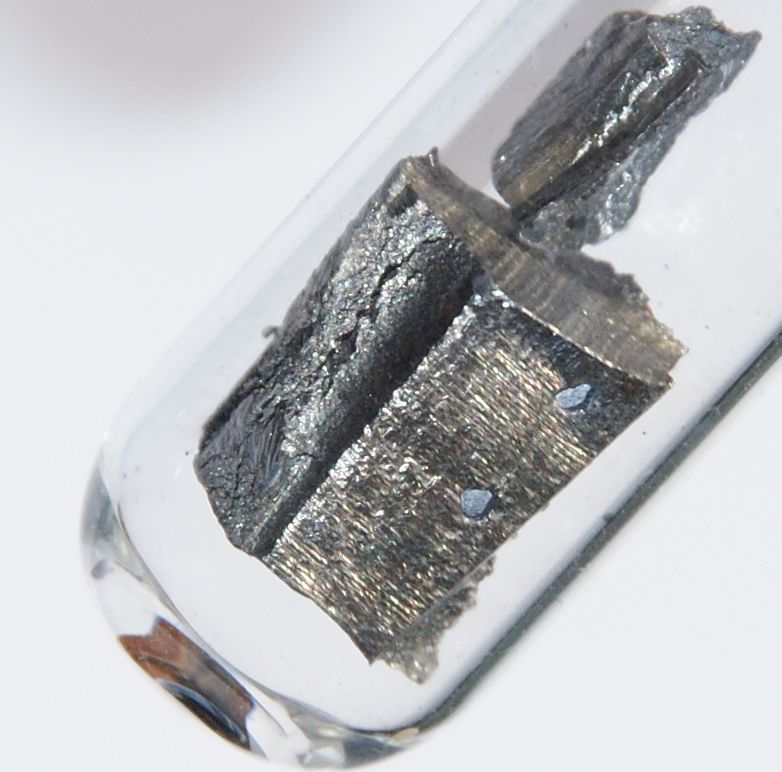Does artificial intelligence jeopardize employment for humans? What will people do when smart robots join the workforce? AI already plays a role in many of our jobs, and if you have ever searched for information online, you have interacted with an AI. If we extrapolate the evolution of search, we can imagine that soon AIs will become even better at helping us learn solutions that have worked in the past and remember what things have failed. In this way, working with AIs can be like having a really smart colleague or expert old-timer on our team. And these AI coworkers can also help us experiment with new approaches because AIs can be creative as well. Their creativity is unlike human creativity, and that uniqueness is its primary value. AIs can also make valuable team members by performing rote tasks that humans are or become bored by. The share of work that AIs perform is likely to shift over time, but I cannot think of a single job or occupation that will not benefit from collaborating with and delegating to AIs. If we reframe our fears about robots taking human jobs, if we can utilize the AI over our shoulder, if we can see AIs as team members, we will find the future of work holds opportunities for all of us.
This video on “The Future of Employment with AI” was commissioned by China Mobile as part of an online course. It is one of 36 lecture videos. A version with Chinese subtitles is available at Citic Migu: http://citic.cmread.com/zxHtml/listenBook/listenDetail/liste…&channel=1
A transcript of the lecture in English is available here: https://drive.google.com/file/d/16dYZ4Vwm796ScRQ0lHrEauwC4M3…sp=sharing







